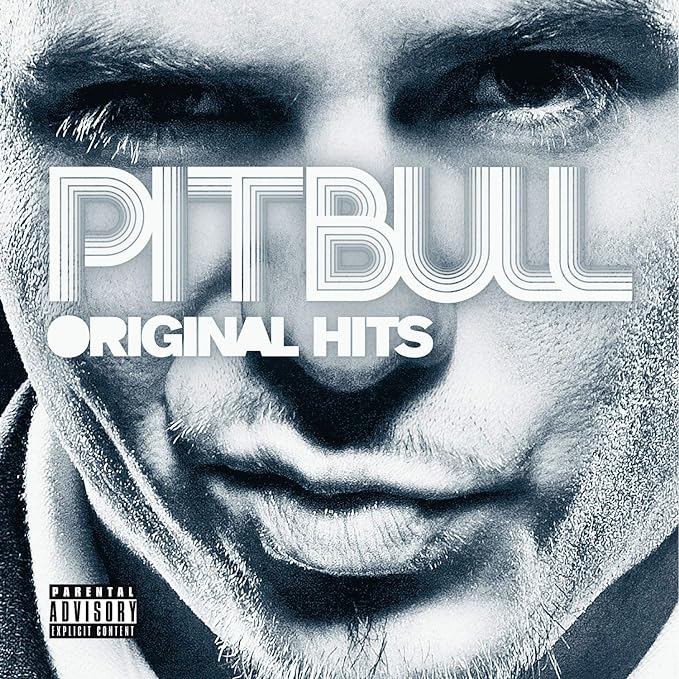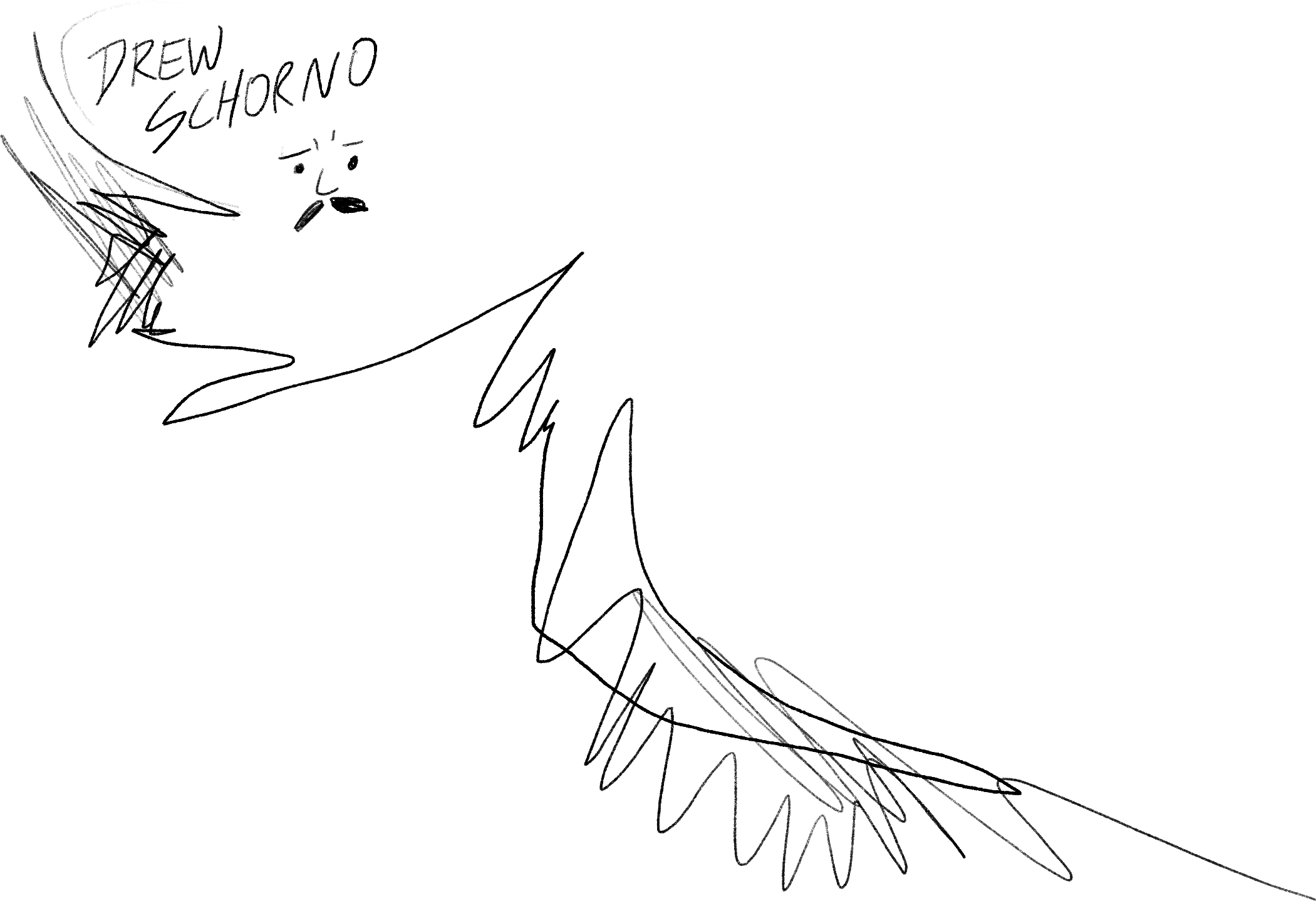
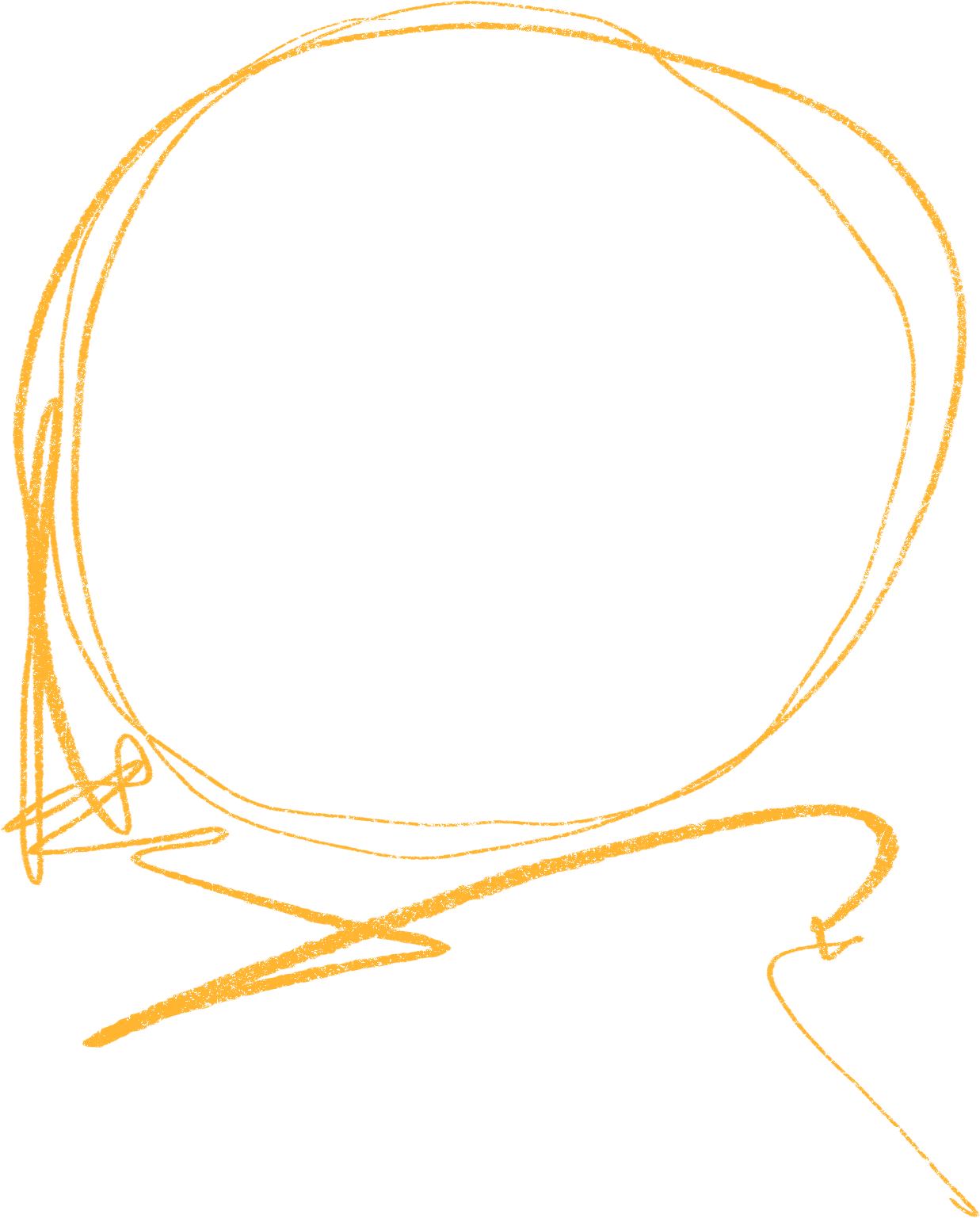
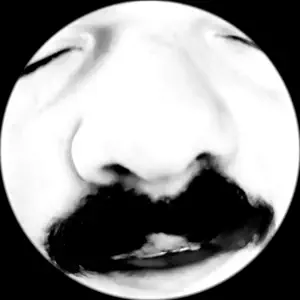
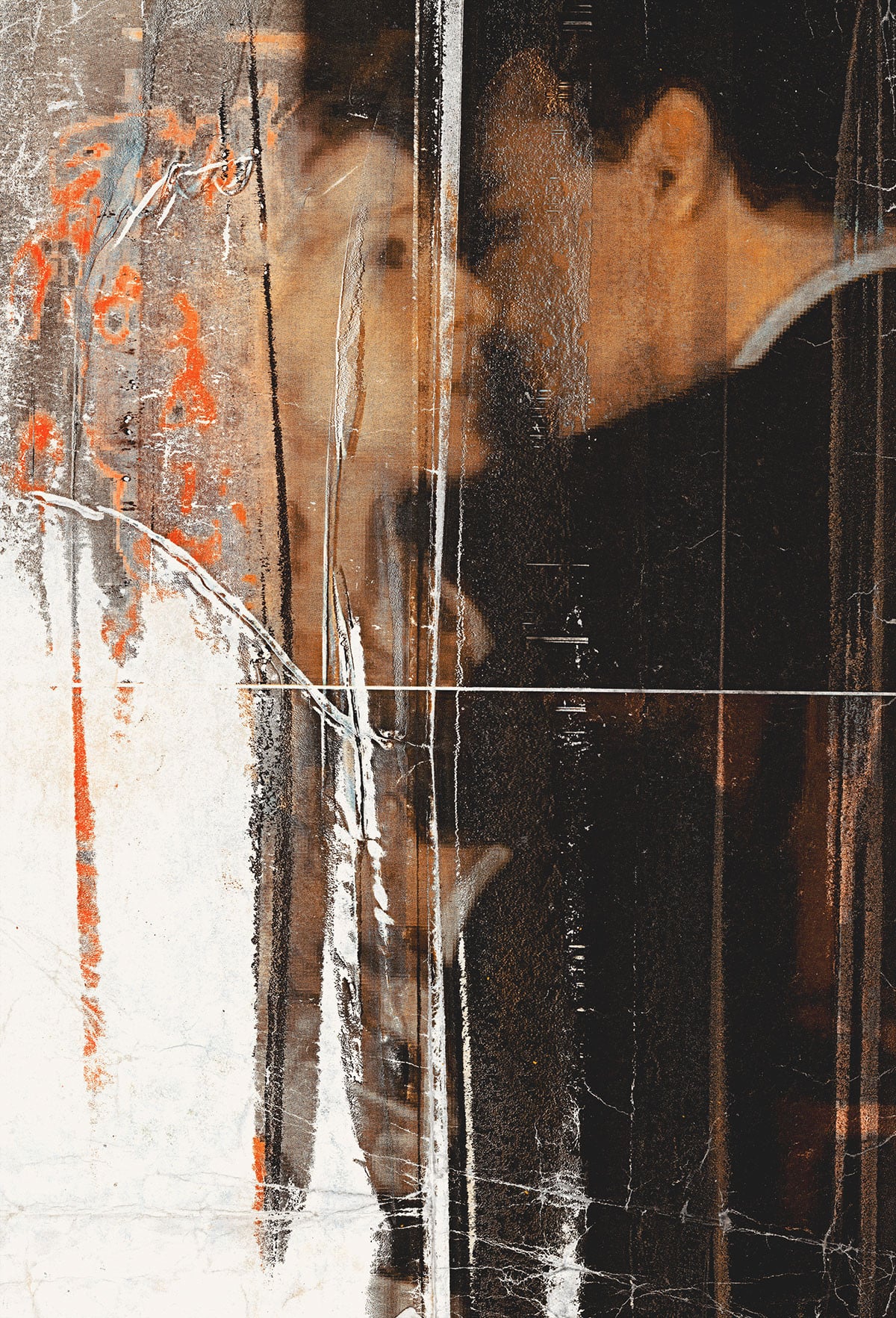
it really does look off‑puttingly bad to most people, best to delete your website/portfolio

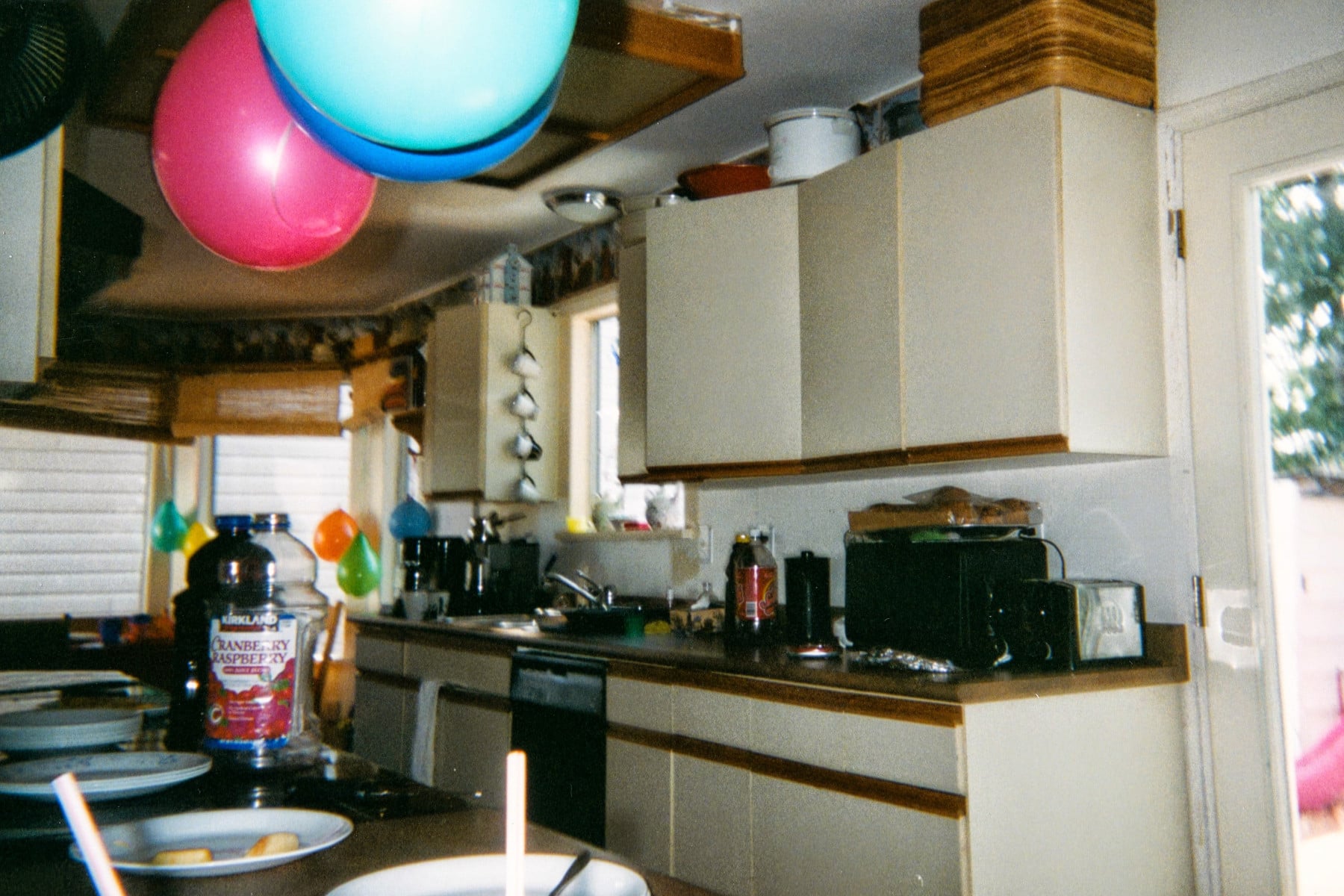
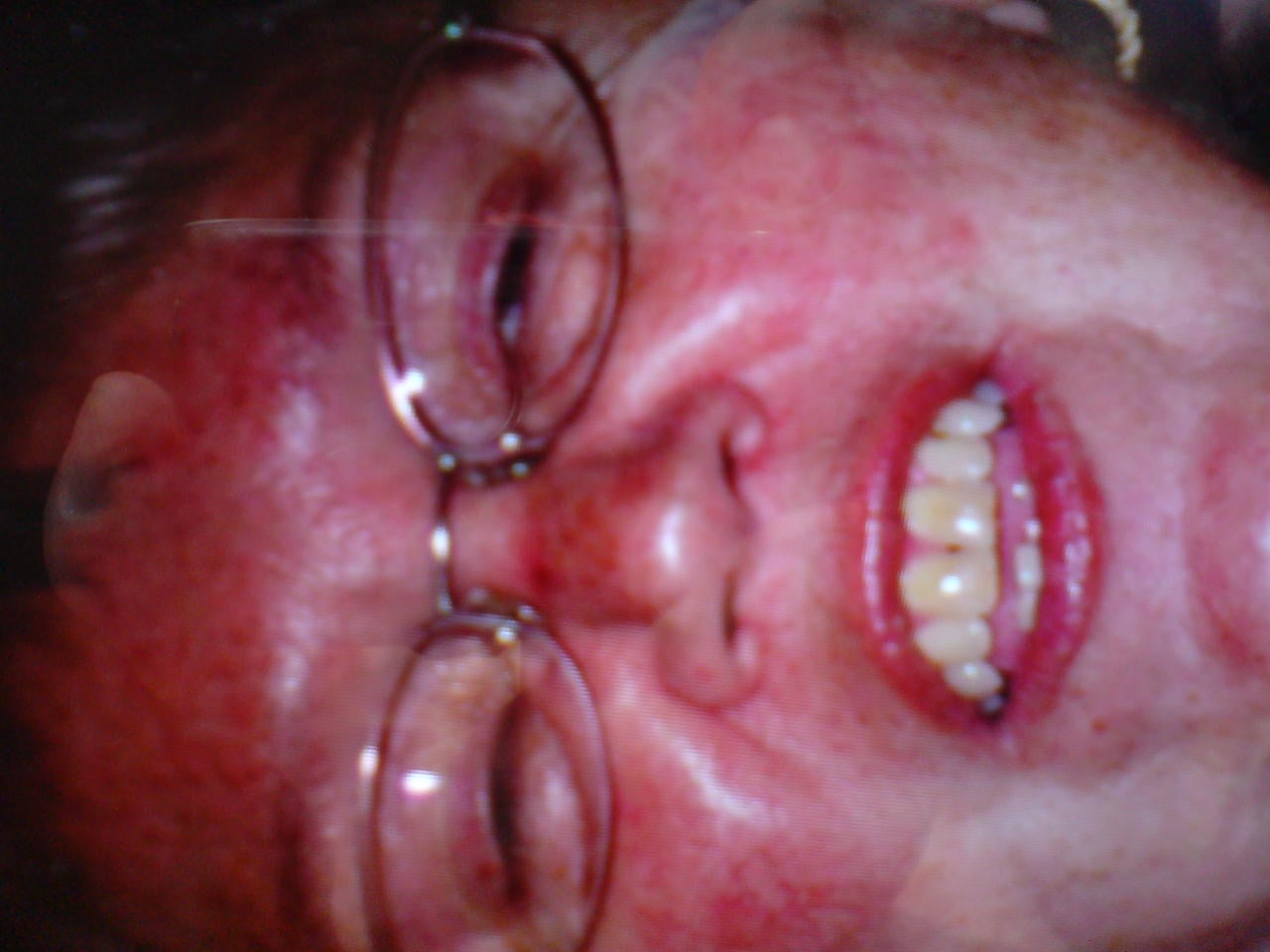




it really does look off‑puttingly bad to most people, best to delete your website/portfolio



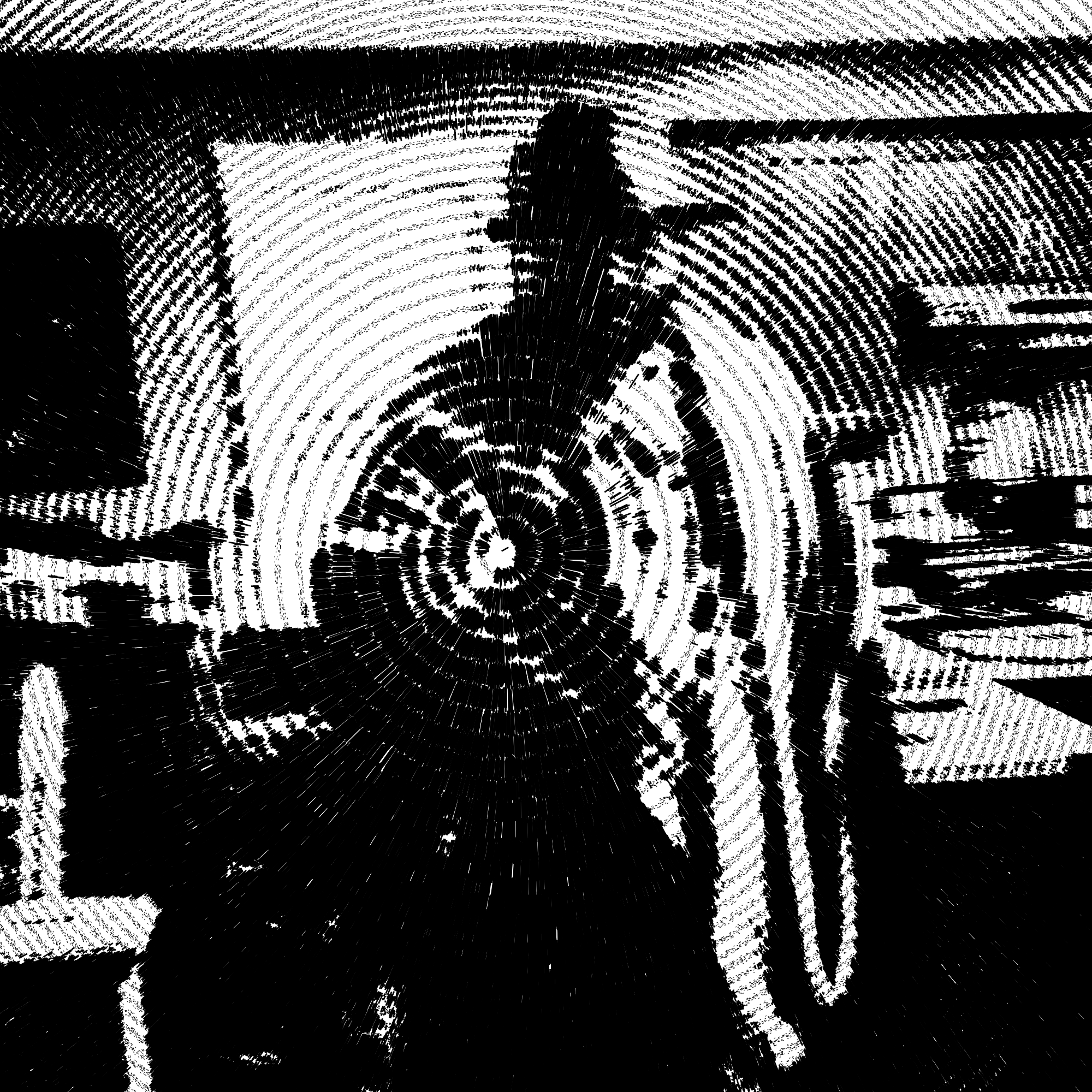
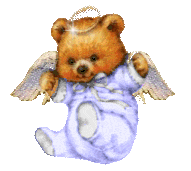
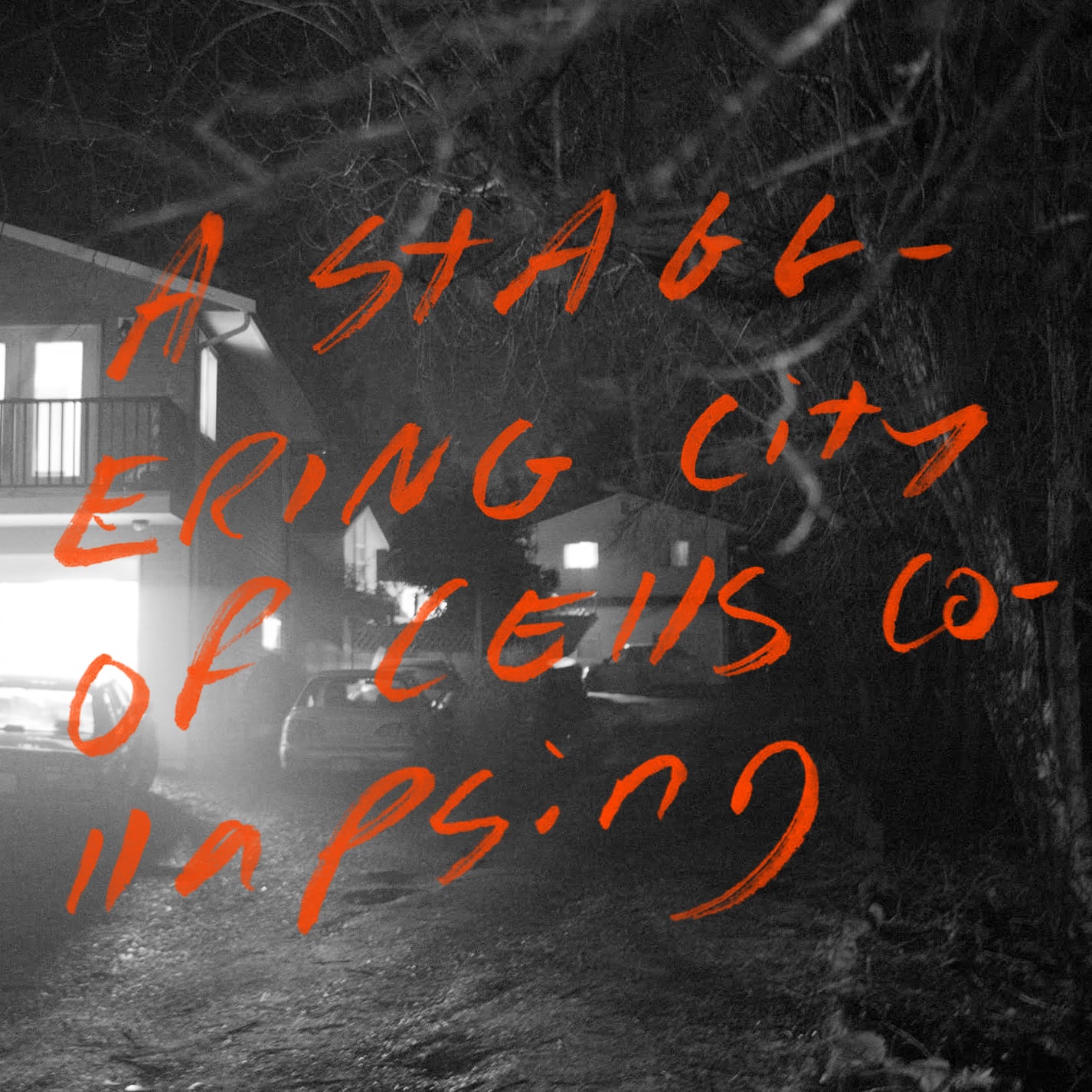

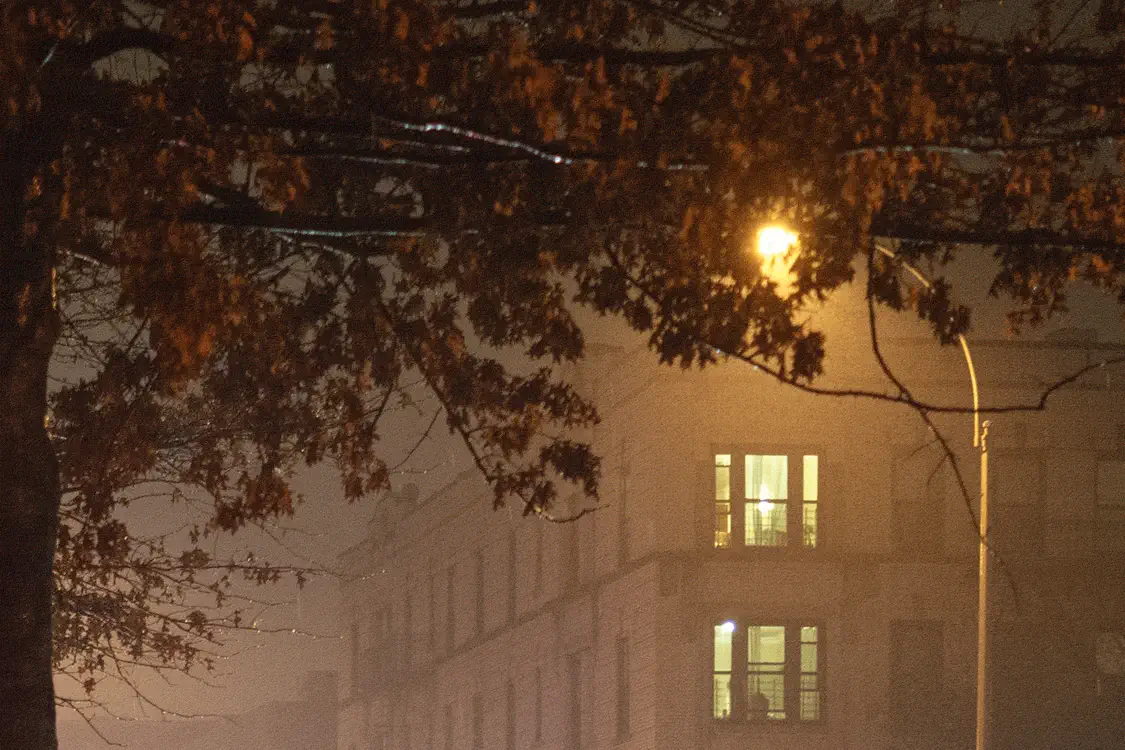
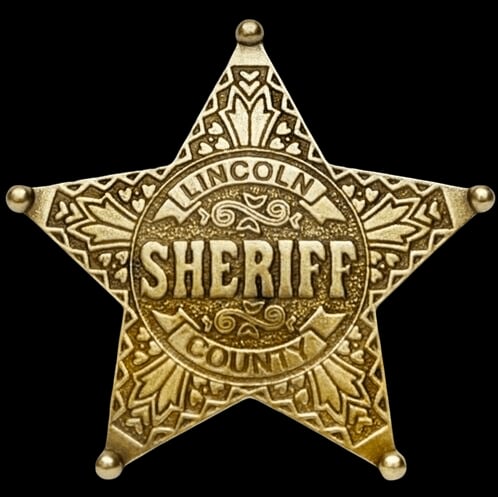
/////////////////////////////
iron lotus: cats in jars as a metaphor for something to do with childhoods or whatever
null call: advice for the vestigial shamans among us
the game of you: a look at what you learn in clown school, and a roadmap towards redefining yourself
four songs: meditations on maureen
generative adversarial relationships: human creative systems through the lens of our AI counterparts
the form of formats: how to play a game that doesn't exist
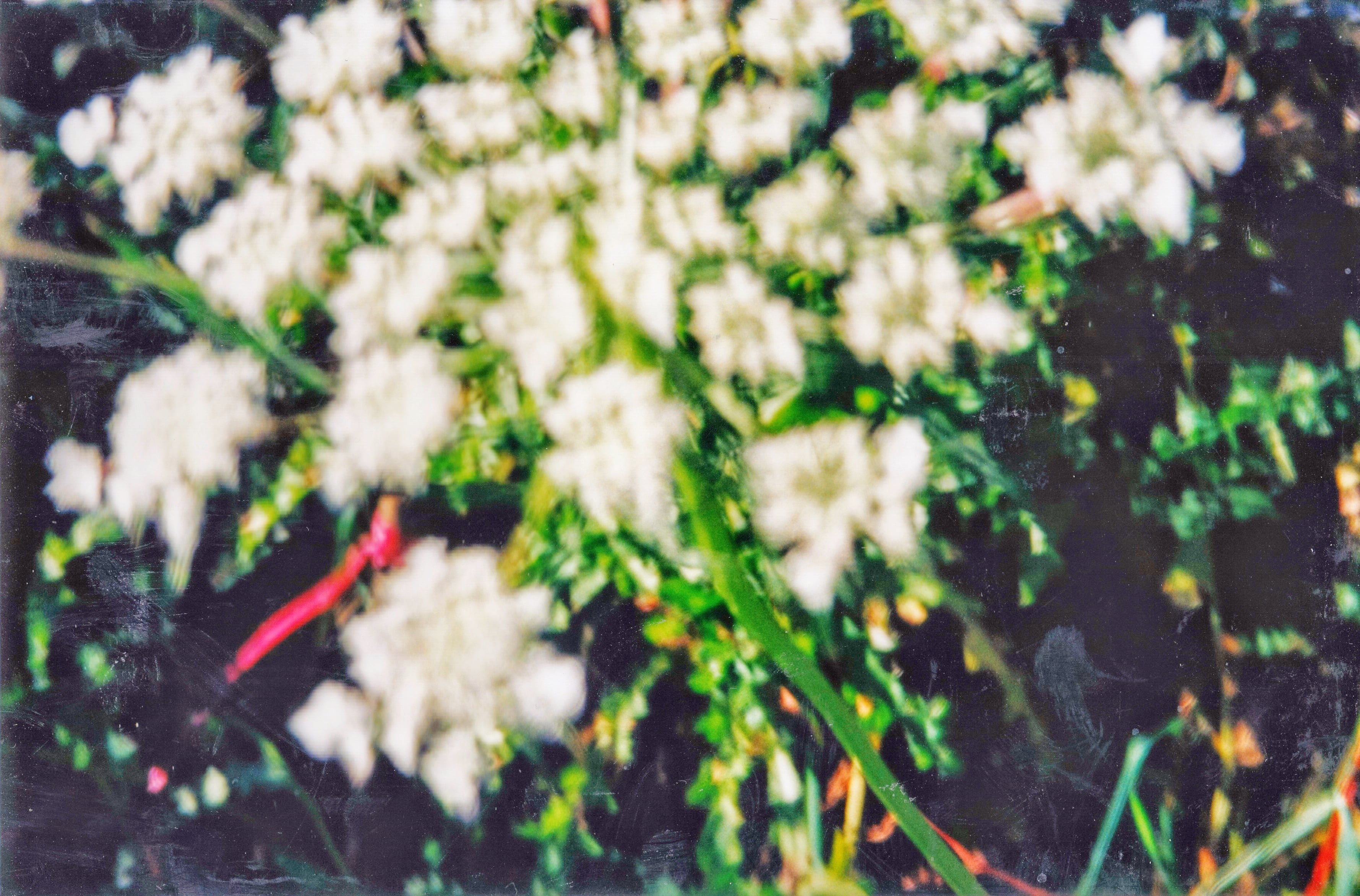
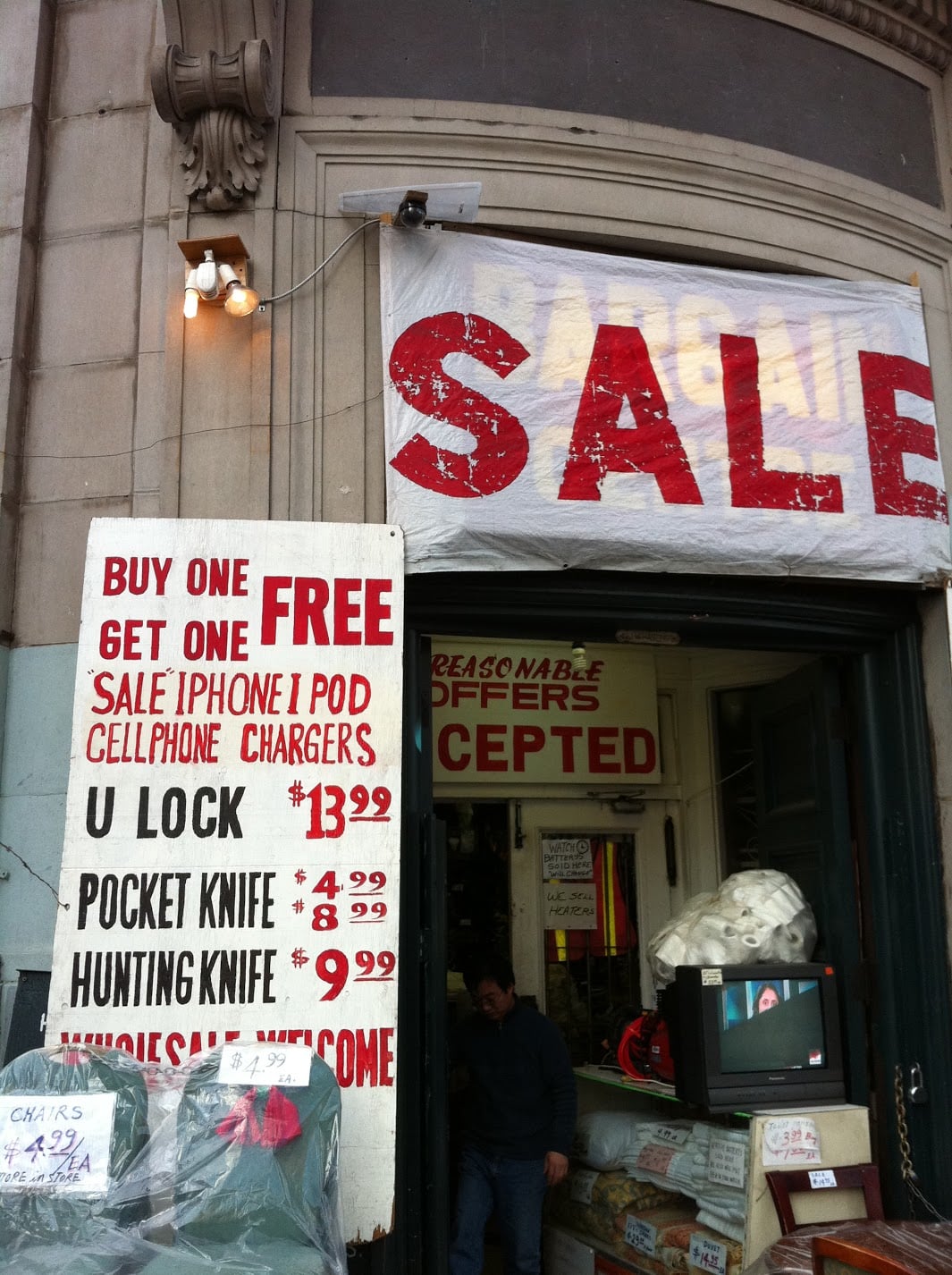
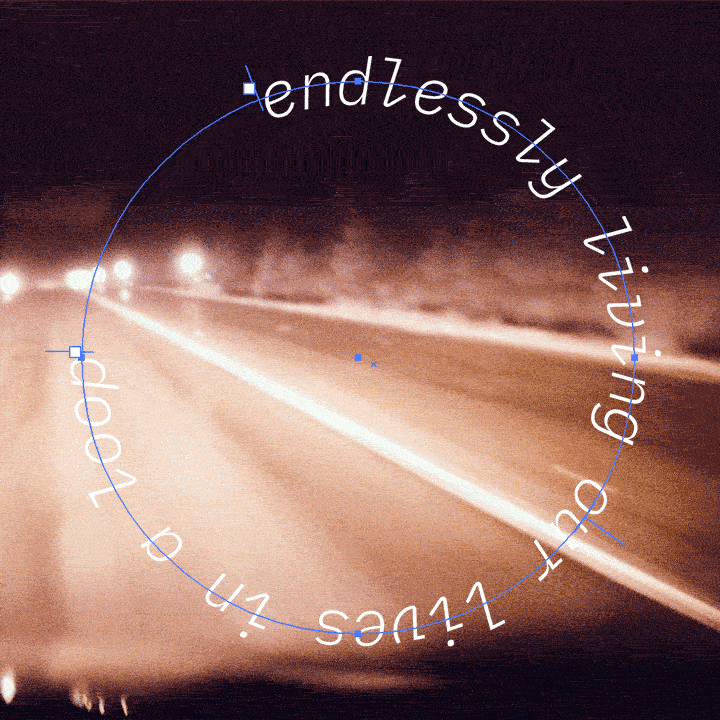
hey im going to the store, do you want anything?
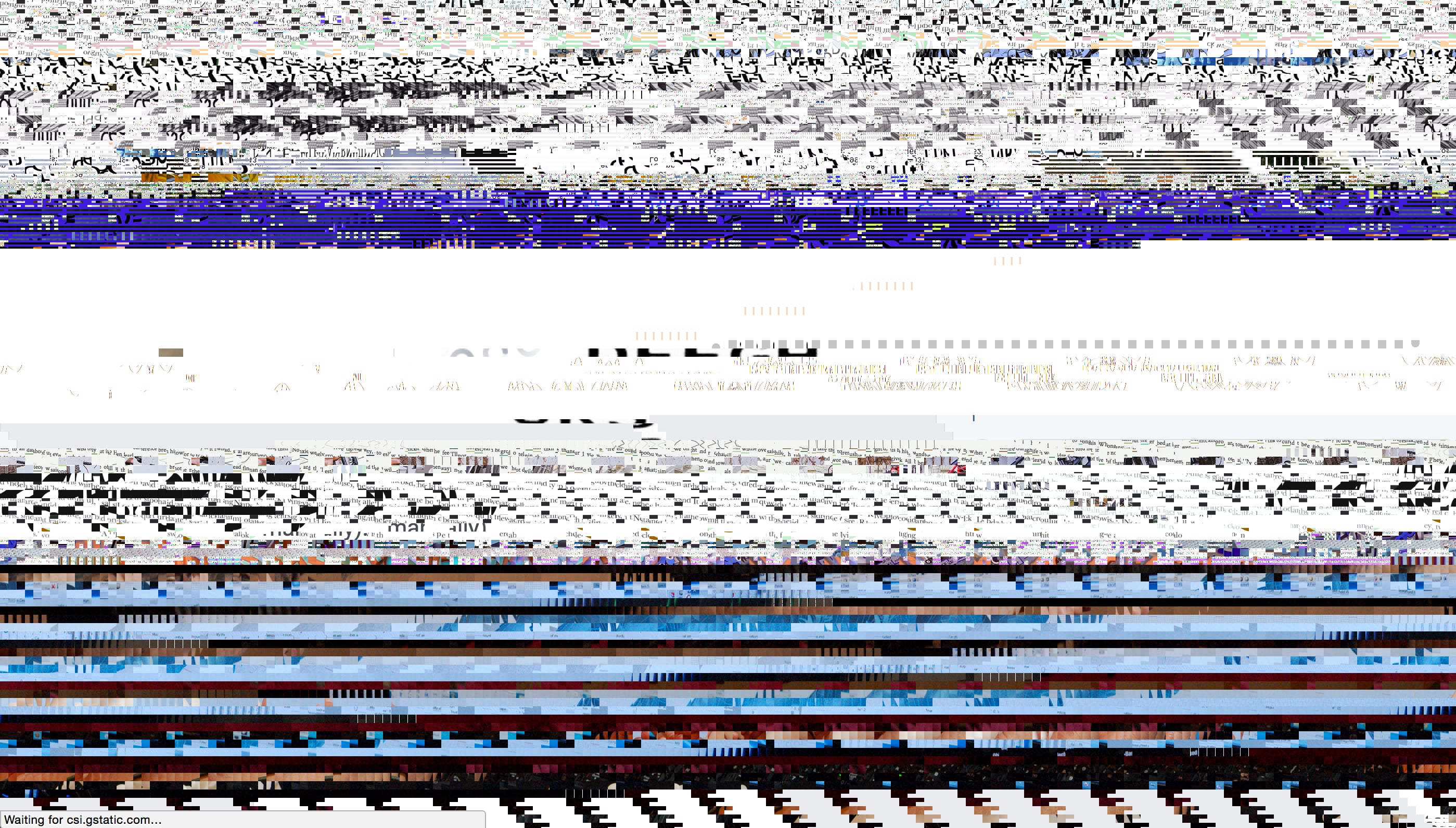

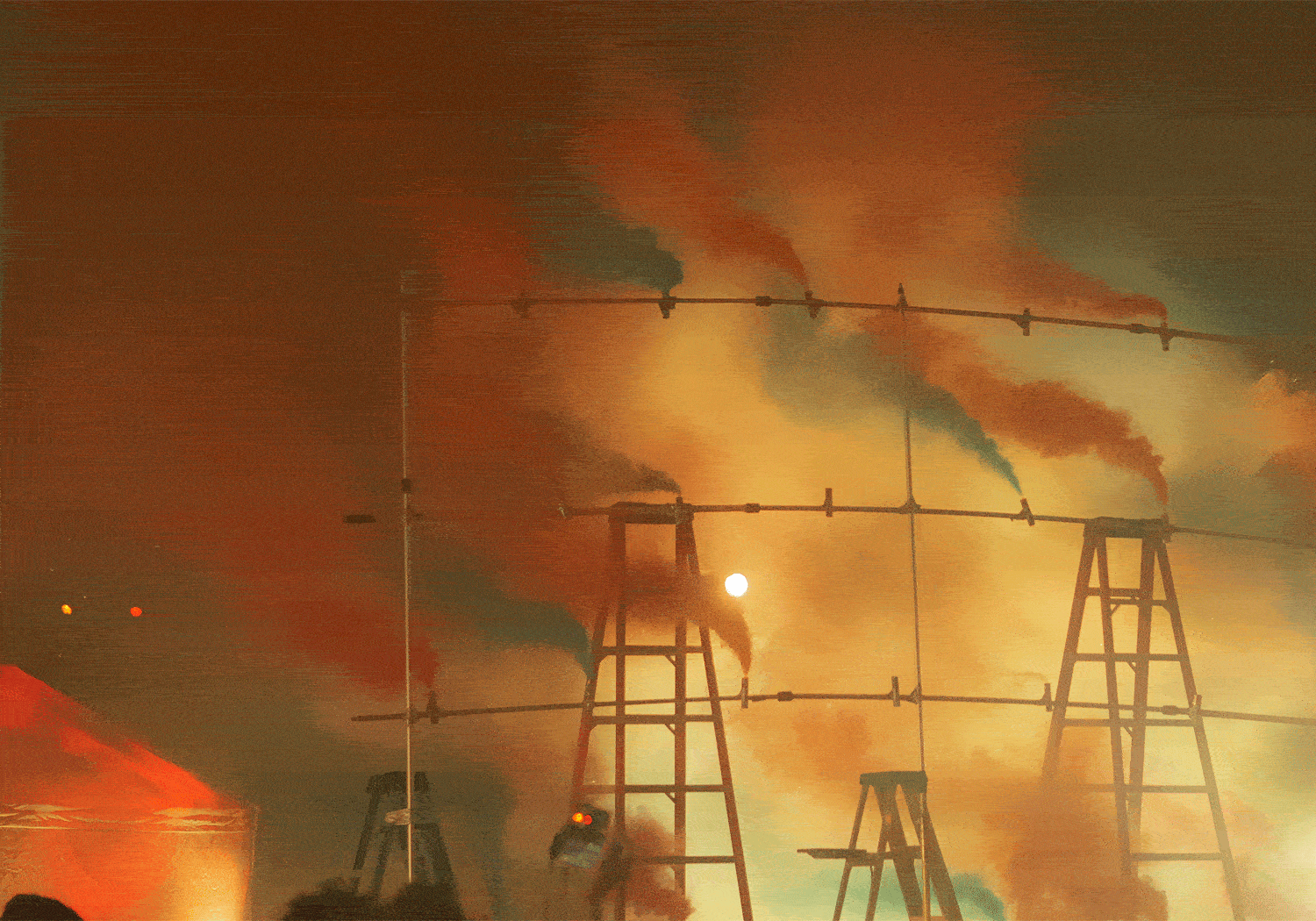
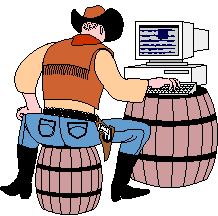
when the end of the world comes, you know where i'll be
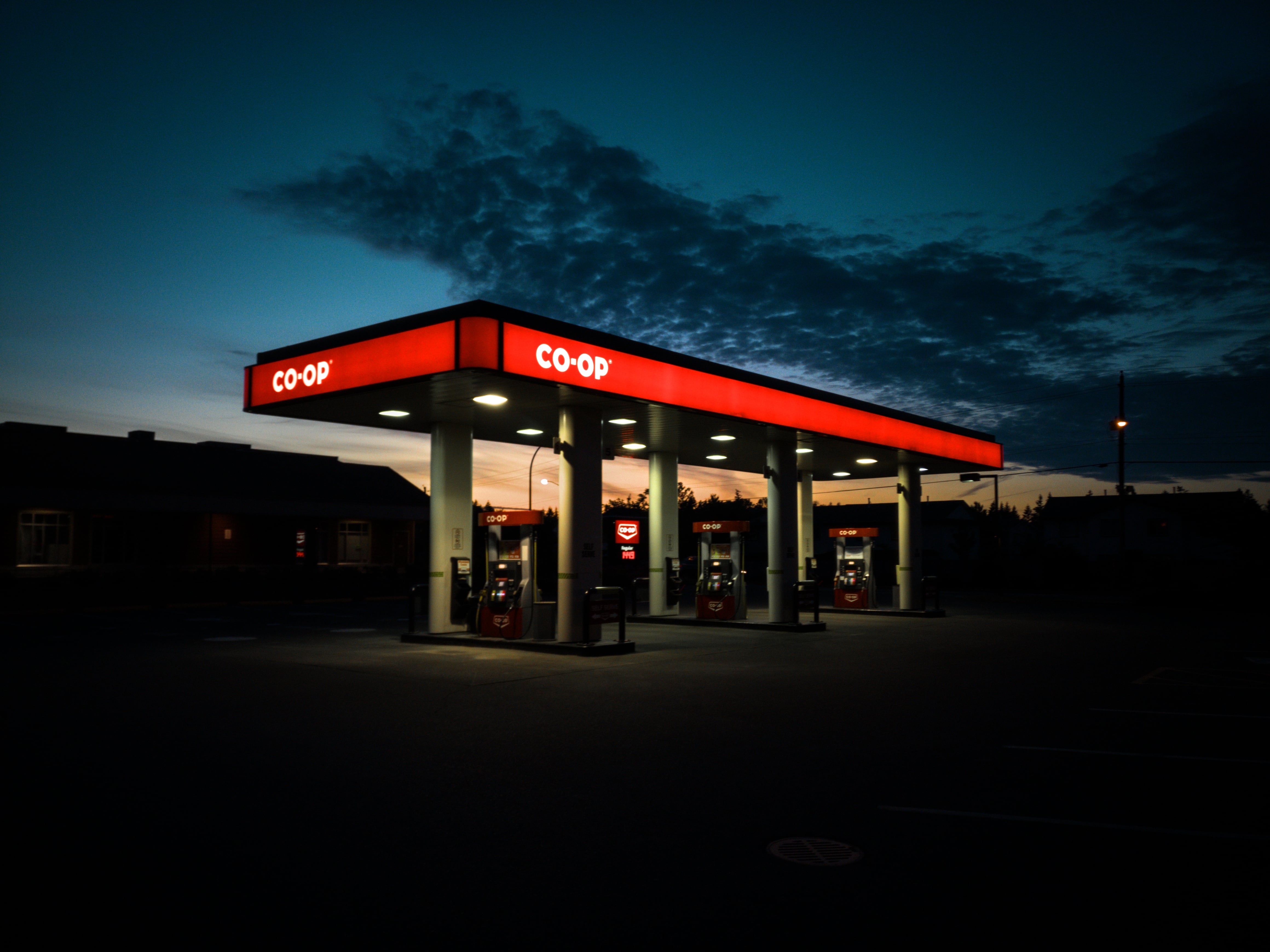
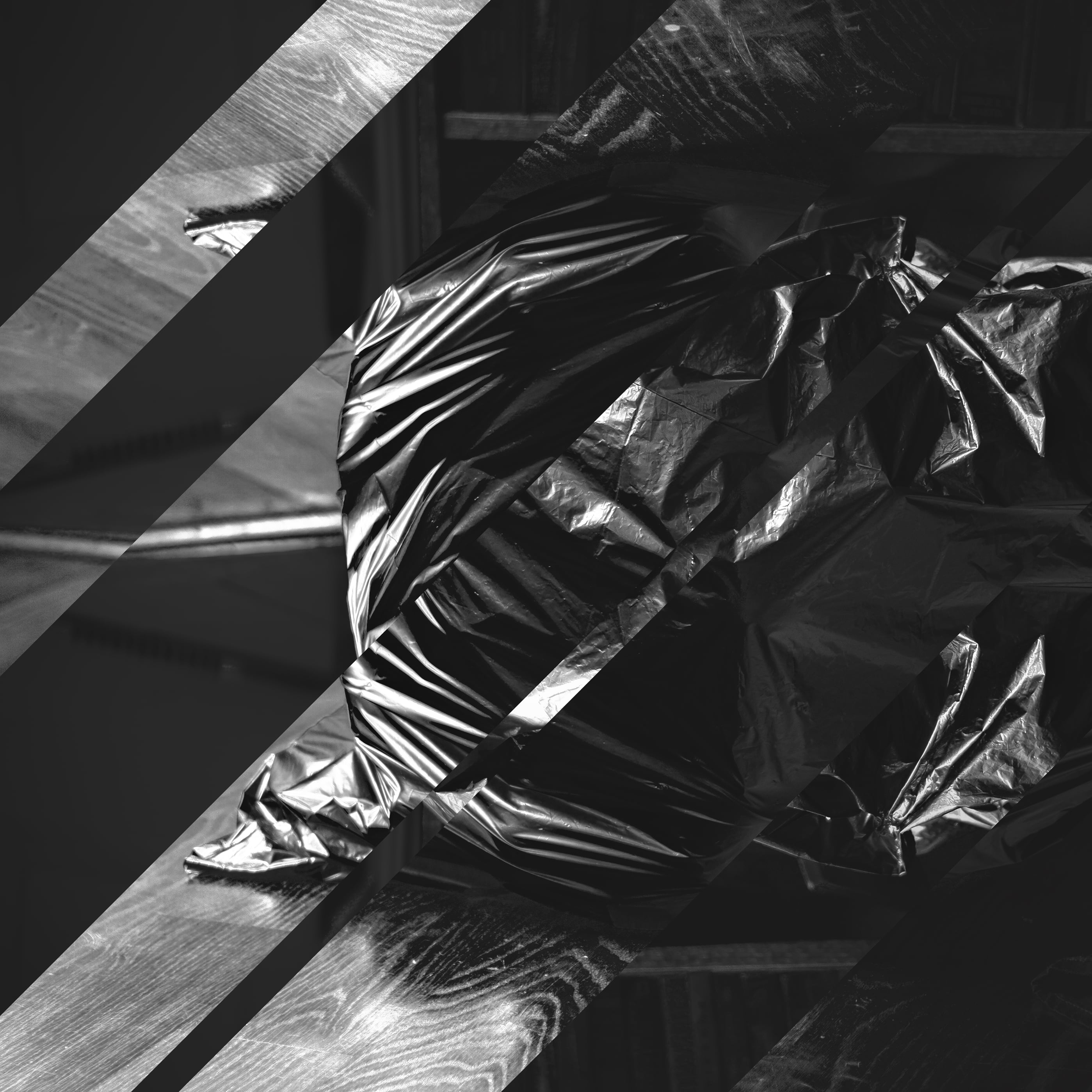
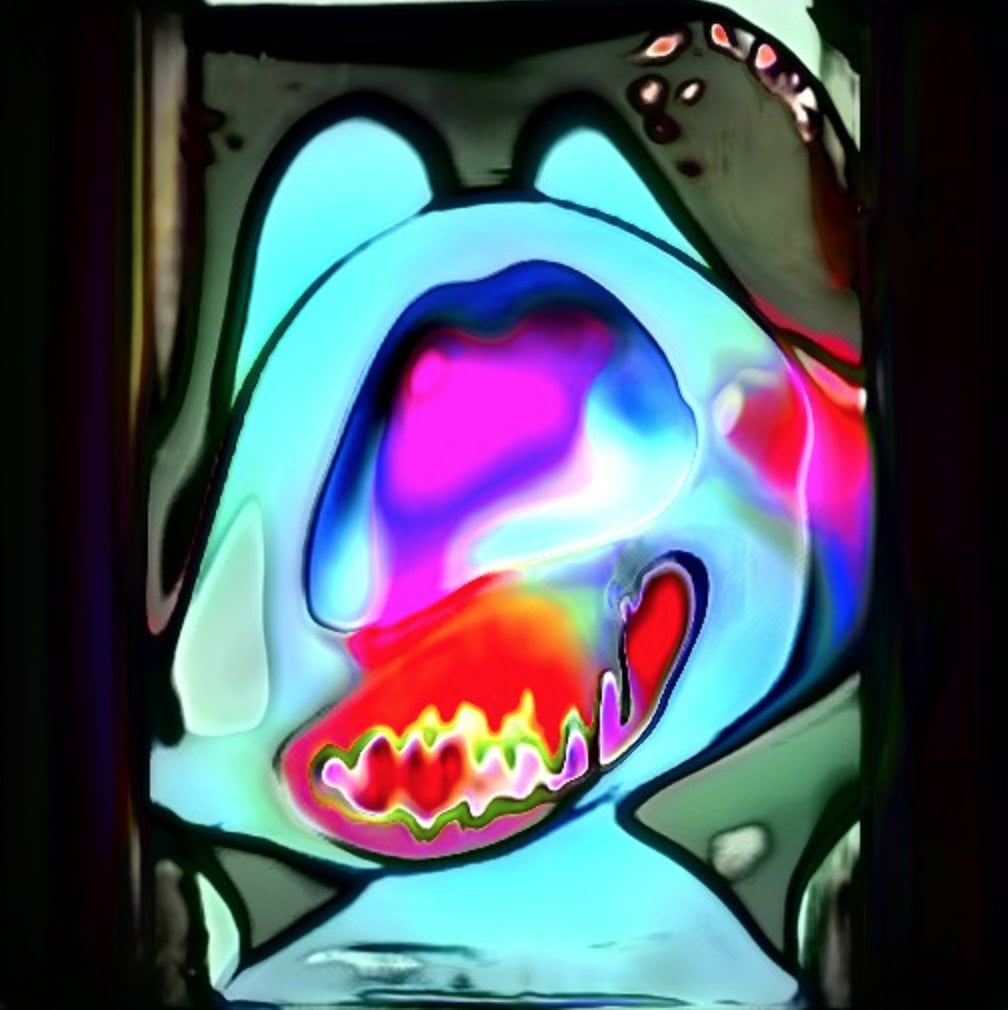
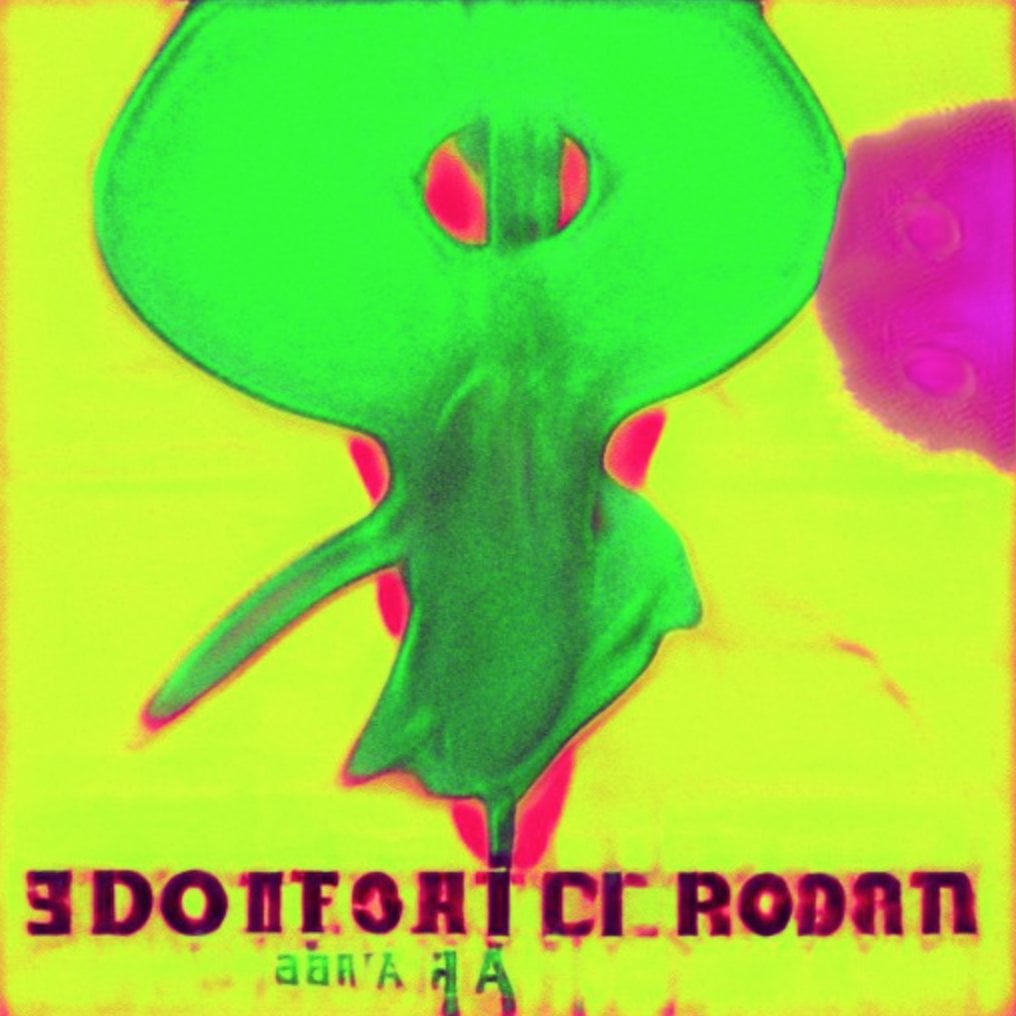
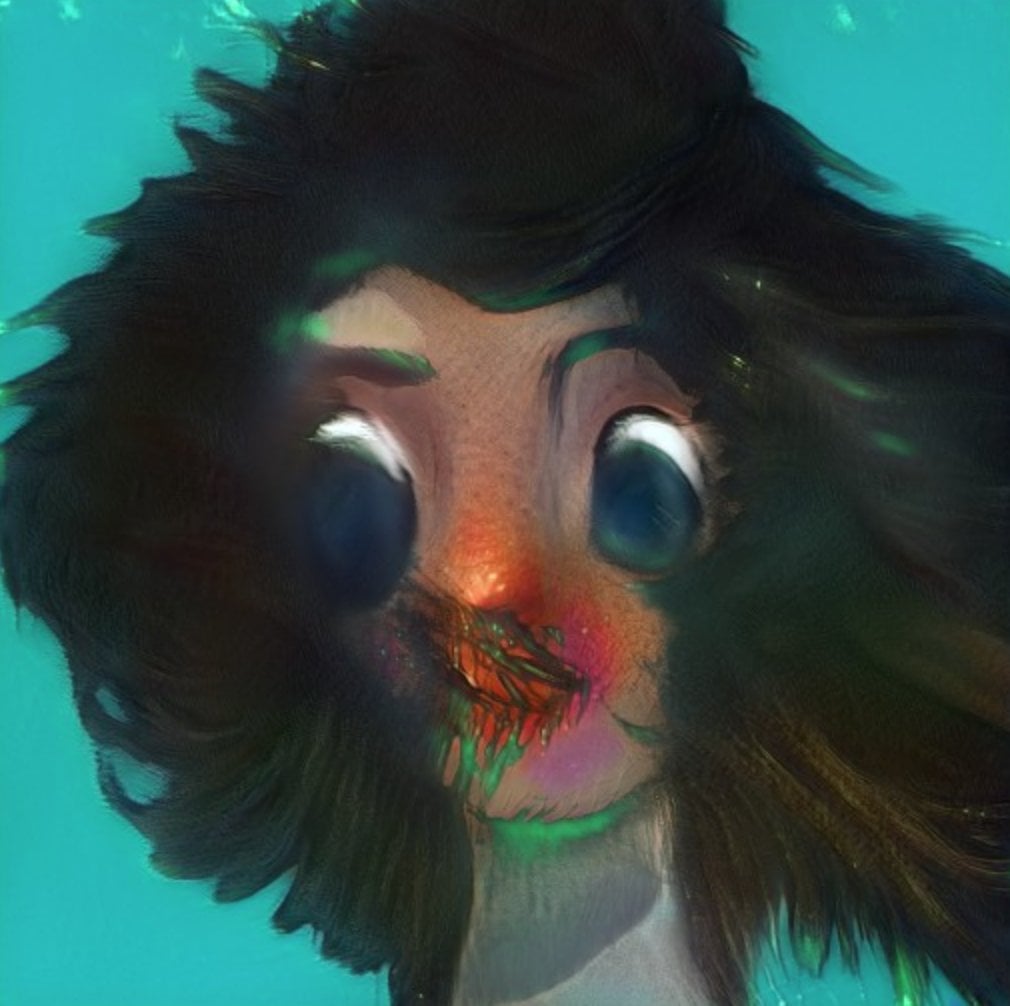
also i'm sorry that i'm gay
hey did you know that i made an album cover for pitbull? cause i did, yeah. he’s a big celebrity if you didn’t know that. it’s not that big of a deal but some people think it’s kindof cool. yeah ha ha that was crazy...
